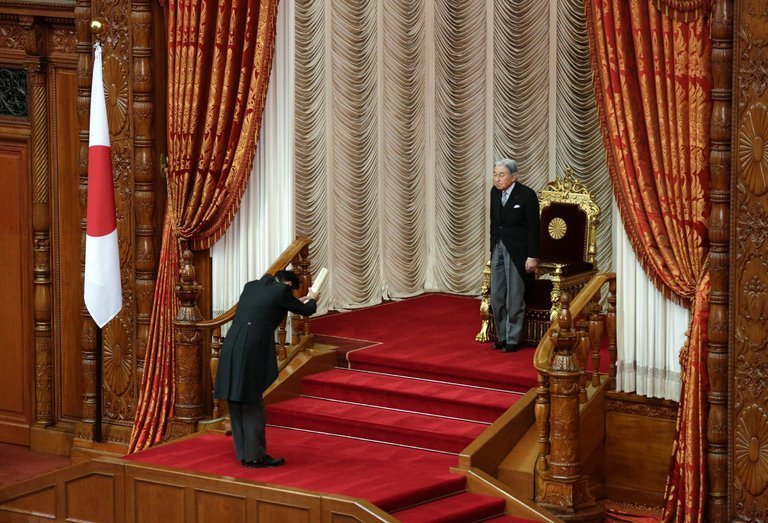Ethereum L2 “StarkNet”, node client “Papyrus” released

Promoting the decentralization of StarkNet
StarkWare, which develops scaling solutions for cryptocurrency Ethereum (ETH), released a new full node client “Papyrus” for ZK rollup “StarkNet” on the 11th.
We are thrilled to announce the release of Papyrus, a new open-source full node for StarkNet.
Be sure to check out the full blog post for all the details. https://t.co/e7h5urhO7X
— StarkWare (@StarkWare Ltd) January 11, 2023
Regarding Papyrus, “StarkWare emphasizes that it ‘helps pave the way for mass use of StarkNet.’” It is built with the programming language “Rust”, which is also used by major IT companies such as Microsoft, Google, and Amazon, and is open sourced according to the Apache license.
Papyrus is the third type of StarkNet full node client, and is expected to improve network decentralization and redundancy. In blockchain, the diversification of clients may reduce damages such as denial of service attacks (DOS).
So far, StarkNet has had two teams, distributed development organization Equilibrium and research and engineering firm Nethermind, providing StarkNet node clients Pathfinder and Juno.
Relation:Solana co-founder talks about what is the solution to the network pause problem?
What is StarkNet
StarkNet uses “ZK Rollup”, which aggregates hundreds of transactions processed off-chain into one cryptographic certificate and stores it on the Ethereum blockchain. It has advantages such as higher fraud resistance and shorter remittance processing time than competing Optimistic rollups.
StarkNet was released to the Ethereum (ETH) mainnet in November 2021, but is still in alpha. In November 2010, the StarkNet token (STRK) was released on the mainnet (undistributed at the time of writing).
Relation:Ethereum L2 “StarkNet”, Token (STRK) Released to Mainnet
StarkNet performance improvements
StarkNet currently prioritizes number two on a three-step roadmap consisting of 1) establishing usability, 2) improving performance, and 3) decentralization.
In this respect, Papyrus is said to be useful in improving the processing performance of the “sequencer” responsible for block generation on StarkNet. Communicate directly with the state of the network rather than via the data structures (Merkle Patricia trees) that store the state of smart contracts and the state of each account. It will be the basis for providing the storage layer (local DB) for the new function “StarkNet Sequencer” scheduled to be released in the future.
At the time of release, Papyrus was open-sourced, but since it only partially supports “JSON-RPC”, a type of communication standard, a full release for general use is expected within a few months. there is
What is a sequencer
It processes transactions, generates rollup blocks, and submits transactions to the L1 chain (Ethereum). It acts like a validator in the main chain (L1) and controls the order of transactions.
 Cryptocurrency Glossary
Cryptocurrency Glossary
StarkNet currently operates with a mechanism in which each node communicates with a centralized API, but in the future, the implementation of a function to synchronize between peers (computers) is expected to greatly improve the network synchronization time. StarkWare states:
The Papyrus team is working with Pathfinder and Juno to form the foundation for the StarkNet P2P layer. Allowing various nodes to communicate and synchronize via the P2P layer would be a giant leap towards decentralization of StarkNet.
Ethereum co-founder Vitalik Buterin said on Jan. 1 that he expects many of the rollup projects to move out of their immature stages and become more decentralized by the end of 2023. He sees a move to “stage 1 (limited training wheels),” which reduces the level of trust in rollup developers and increases the safety of using L2.
Relation:Ethereum Co-Founder Vitalik Bullish on Rollups in 2023
Ethereum L2 “StarkNet”, node client “Papyrus” released Our Bitcoin News.


